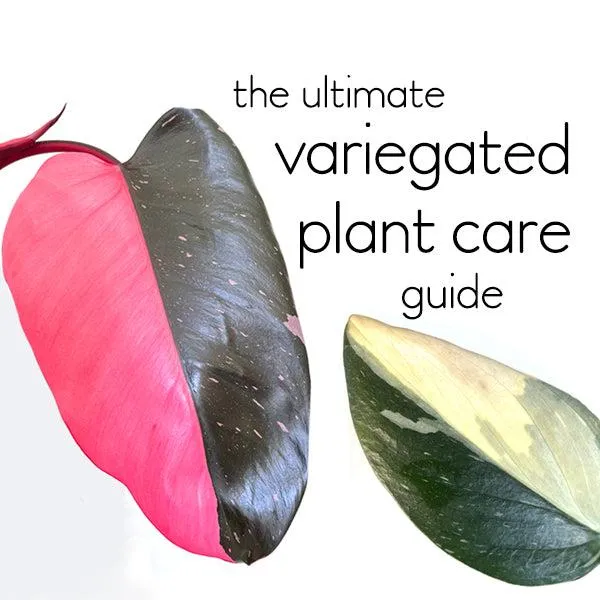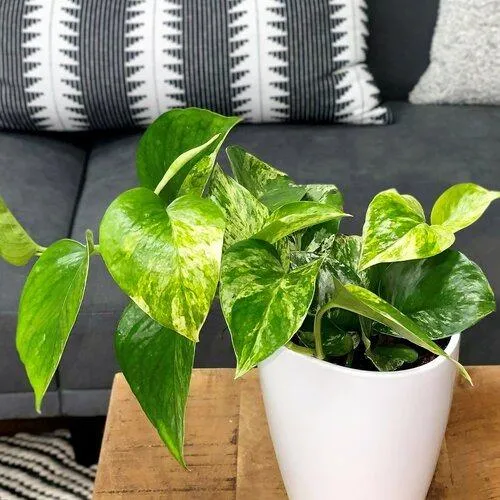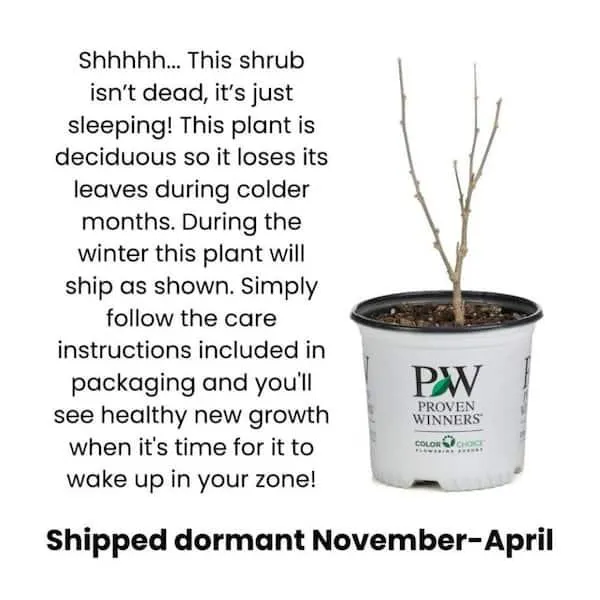Everything You Need to Know About Variegated Houseplant Leaves
Variegated houseplants are increasingly popular additions to home gardens and indoor spaces. Their colorful, patterned leaves set them apart from uniformly green foliage. However, if you’re new to variegation, some key questions likely come to mind.
What Exactly is Variegation?
Variegation refers to any break or disruption in the uniform green color of a plant’s leaves, stems, or flowers. It results from a genetic mutation that prevents chloroplasts, the organelles that produce chlorophyll, from developing in certain plant tissues. Without chlorophyll to produce green pigment, other pigments like yellow, cream, or white show through.
This causes leaves to be marked or streaked with different colors rather than solid green. The colors and patterns of variegation can vary greatly between plant varieties. Common patterns include striping, speckling, splashing, or a solid contrasting edge.
Why Do Variegated Plants Develop This Way?
From an evolutionary perspective, variegation doesn’t provide any clear advantage to a plant’s survival or reproduction. Some scientists believe it arises through random mutations that don’t impact the plant’s fitness.

Others theorize variegation may confuse or distract plant-eating insects and minimize damage. Evidence also suggests variegated plants may cope better with shade since the white pigment reflects light.
Regardless of the cause, plant breeders have selected variegated mutants over centuries to develop the stunning varieties grown as houseplants today. Their appearance makes them prized ornamental plants.
Popular Variegated Houseplant Types
- Pothos – Its trailing vines are adorned with heart-shaped leaves in green splashed with white or yellow.
- Philodendron – Many philodendron varieties boast rounded, lacy leaves patterned in cream or white.
- Peperomia – Peperomias offer delicate, oblong foliage marked by stripes, spots, or uneven edging in contrasting tones.
- Chinese evergreen – Aglaonema sports broad, tropical leaves streaked or rimmed in ivory, pink, or lime.
- Monsteras – Wide, fenestrated monsteras commonly have creamy variegation along leaf edges and veins.
Caring for Variegated Houseplants
While lower-light tolerance can be an advantage, variegated plants require extra TLC due to limitations in their chlorophyll levels:
- Bright, indirect light. Too much direct sun can scorch lighter leaf sections.
- Moderate watering. Overwatering risks rot, but variegation needs water for photosynthesis.
- Rich, well-draining soil. Moisture retention aids recovery from dehydration stress.
- High humidity. Mist foliage when possible to supplement internal water needs.
- Careful fertilizing. Apply in diluted doses to avoid nutrient imbalances.
Common Challenges for Variegated Houseplants
While striking to look at, variegation isn’t without potential issues:

- Reversion. Some variagated clones can spontaneously revert to all-green foliage over time.
- Dehydration. Discolored areas dry out faster, requiring extra attention to water needs.
- Nutrient deficiency. Variegation limits chlorophyll production for nutrient absorption.
- Reduced growth. Without full chloroplast function, variegated plants grow more slowly.
- Susceptibility to pests and disease. Stress compromises a plant’s natural defenses.
Tips for Thriving Variegated Plants
With some understanding of their complexion, variegated houseplants can prosper indoors:
- Choose a variety suited to your conditions – experiment to find a color pattern and care level within your abilities.
- Locate plants in areas receiving plentiful, indirect light to minimize sun/shade stress on leaves.
- Water only when the top half inch of soil dries to prevent root damage from over- or under-watering.
- Dilute liquid or granular fertilizer to half strength for regular feeding in the growing season.
- Snip away any solid green reversion shoots to maintain the desired variegation pattern.
- Boost humidity near plants with pebble trays or a humidifier to reduce transpiration water loss.
The Amazing Variety of Variegated Beauty
From my experience keeping variegated houseplants, their multi-colored leaves never cease to amaze me. I still remember how stunned I was the first time I saw a neon pink-edged Monstera. Nature’s color mutations produce an incredible botanical palette.
Though higher maintenance, selecting variegated plants well-suited to one’s climate and care ability brings jaw-dropping ornamental value indoors. With diligent moisture, sunlight, and nutrient management, they reward diligence with dazzling foliage diversity. The rewards are definitely worth it in my books. How about yours?
Whether starting a new collection or adding a statement specimen, exploring variegated houseplants opens up a gorgeous world of plant color beyond plain old green. Their enchanting leaves spill visual interest into any indoor space. I hope this guide has helped satisfy your curiosity about these entrancing plants. Please let me know if you have any other questions!

Variegated Houseplant Leaf Characteristics
| Plant Name | Leaf Pattern | Care Level | Light Needs |
|---|---|---|---|
| Peperomia | White splashes | Low | Medium |
| Pothos | Golden splotches | Low | Low to medium |
| Chinese Evergreeen | Creme edges | Medium | Bright indirect |
| Philodendron | Silver stripes | Low | Medium to bright |
| Monstera | Irregular holes | Medium | Bright indirect |
FAQ
-
What causes variegated leaves?
Variegated leaves form when there’s a lack of chlorophyll in some areas of the leaves. This is typically due to a genetic mutation. So in short, it’s basically caused by differences in the plant’s genes.
-
Are variegated leaves less healthy than green leaves?
Not necessarily. Variegated leaves may photosynthesize less than solid green leaves, so the plant kinda grows slower. But they aren’t always unhealthy. Some popular houseplants like pothos and philodendron have variegated varieties that do well. So it seems the prettier leaves are worth it, even if it means the plant grows a little bit slower.
-
Do variegated leaves need more or less light?
This depends on the specific plant. Sometimes variegated leaves need a little more light to make up for producing less chlorophyll. Other times, they may need a bit less light to prevent sun scorch on the white parts. The best thing to do is look up care instructions for your individual plant variety. Too much or too little sun can stress even a variegated leaf.
-
Will variegation stay the same or change over time?
This can vary based on environmental conditions. The coloring is determined by genetics, but heat, light, and other factors can influence how it presents. Occasionally, a variegated leaf may “revert” and grow back solid green. Or new growth may show more or less white than parent leaves. So in summary – the variegation may remain stable, or it could potentially alter somewhat over the plant’s lifetime. You never quite know for sure!

-
Can you propagate from a variegated leaf?
Yes, it’s definitely possible to propagate new plants from variegated clippings or cuttings. However, the new growth won’t always match the parent leaf exactly. There’s a chance the variegation may become less pronounced or the plant could even fully revert to green. Still, it’s worth a shot if you want to try multiplying a variegated plant. Just be aware the traits aren’t guaranteed to carry over identically.
In the end, science still hasn’t fully figured out everything about how and why variegated mutations occur. Gardening experts can provide general guidelines, but each plant’s expression is unique. The variations you see in nature sometimes defy simple explanations! If growing elegant variegated leaves intrigues you, just go for it. You never know – you might develop quite an eye for spotting the prettiest patterns Mother Nature has dreamed up.
